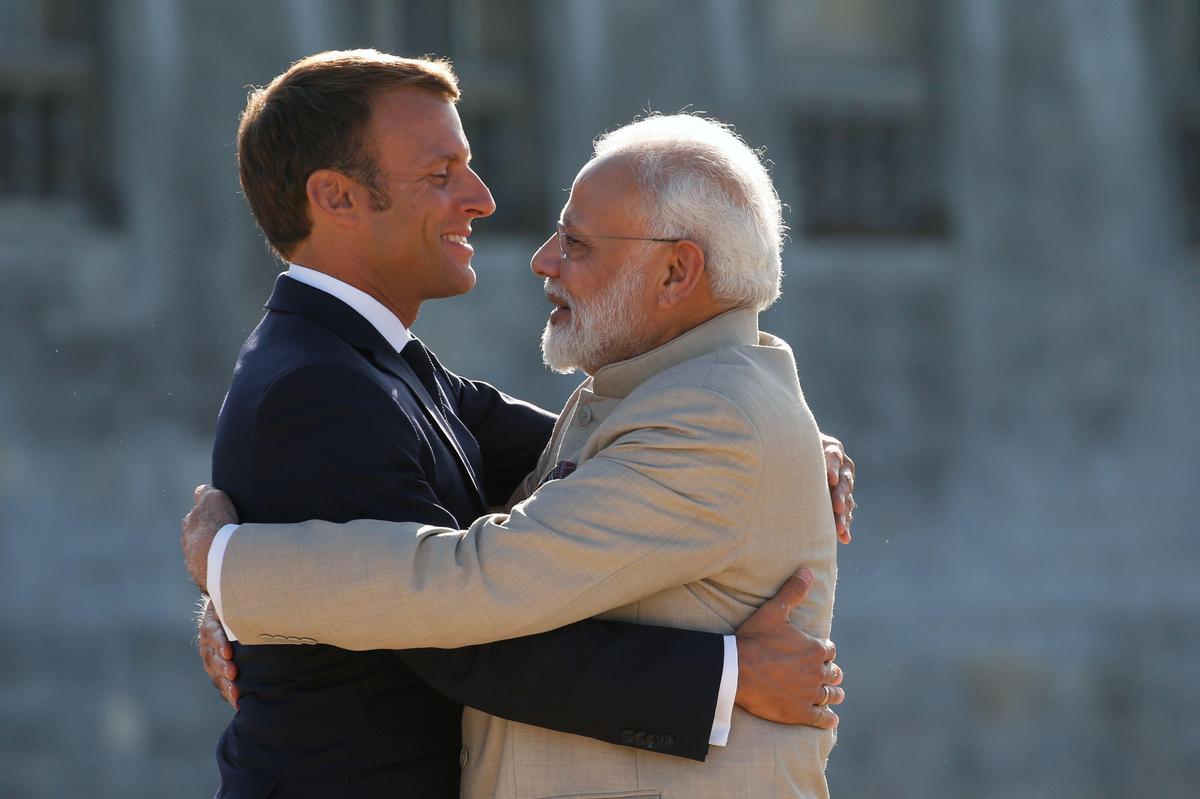A few days before the G20 summit attended by Chinese President Xi Jinping, the Chinese government has just published an annual map of its territory. As in the past, the Indian state of Arunachal Pradesh and the Aksai Chin Glacier, considered to belong to India, lie within China’s borders. This publication has reignited tensions that already existed between the two countries.
Listen to today’s news:
Every year, the Chinese government publishes a standard map of its territory. This year again, the region includes the states of Arunachal Pradesh and the Aksai Chin Glacier, as well as Taiwan and the South China Sea, all of which are disputed territory.
In April, the Chinese government published a standard document for Zangnam, the name given by China to the state of Arunachal Pradesh and in which 11 famous places with Chinese names appear…
Days before the G20 Summit and when the President of China and Prime Minister of India stated at the BRICS Summit that they agreed to ease ties on their common border, the LAC, the current Line of Control, this map was seen by the Indian government as yet another provocation by the Chinese government.
China does this mapping every year, but not always published. This year, the way the details are disseminated, especially through the English language newspapers Global Timereally gives the impression of a message from China to India.
The Indian government reacted through its diplomatic network and its Foreign Minister, S. Jaishankar, said on the NDTV television channel: “China has published maps with territories (which it does not own). (It’s) an old habit. […] Our government is very clear about the nature of our territory. Making unreasonable claims doesn’t mean someone else’s territory belongs to you.”
But opposition parties are demanding a stronger response, and especially coming directly from Prime Minister Narendra Modi, not from the Foreign Minister. Hence, members of the Congress Party called on the Indian government to impose sanctions on China in response to the spread of this card.
Responding to the Foreign Minister, Shashi Tharoor wrote on Platform X: “Yes @DrSJaishankar is right, it’s their “old habit”. They also have a habit of ignoring our protests. So, shall we stop there? Is there nothing else we can do to show our displeasure? Why not start issuing staple visas to Chinese passport holders from Tibet? And stop expressing our support for the one China policy?“
For your information, China’s one-of-a-kind policy is the policy adopted by the Chinese government declaring that Taiwan and Tibet are Chinese territory.
The leader of the Congress Party, Rahul Gandhi, also reminded that the problem has not only emerged from the map but from the various attacks and occupations of Indian territory over the years, some of which resulted in the death of several soldiers, especially during World War II. May 2020 clashes along the LAC.
Therefore, this new card could have major consequences for Indo-China relations and could become a trigger that would inflame tensions.
In India, “it is prohibited to present, propagate, publish or distribute false or untrue topographical information about India, including international boundaries, through internet platforms or online services or in any electronic or physical form.” This offense is punishable by a hefty fine and can result in a sentence of up to 7 years in prison.

“Twitter junkie. Hipster-friendly bacon expert. Beer ninja. Reader. Communicator. Explorer. Passionate alcohol geek.”







